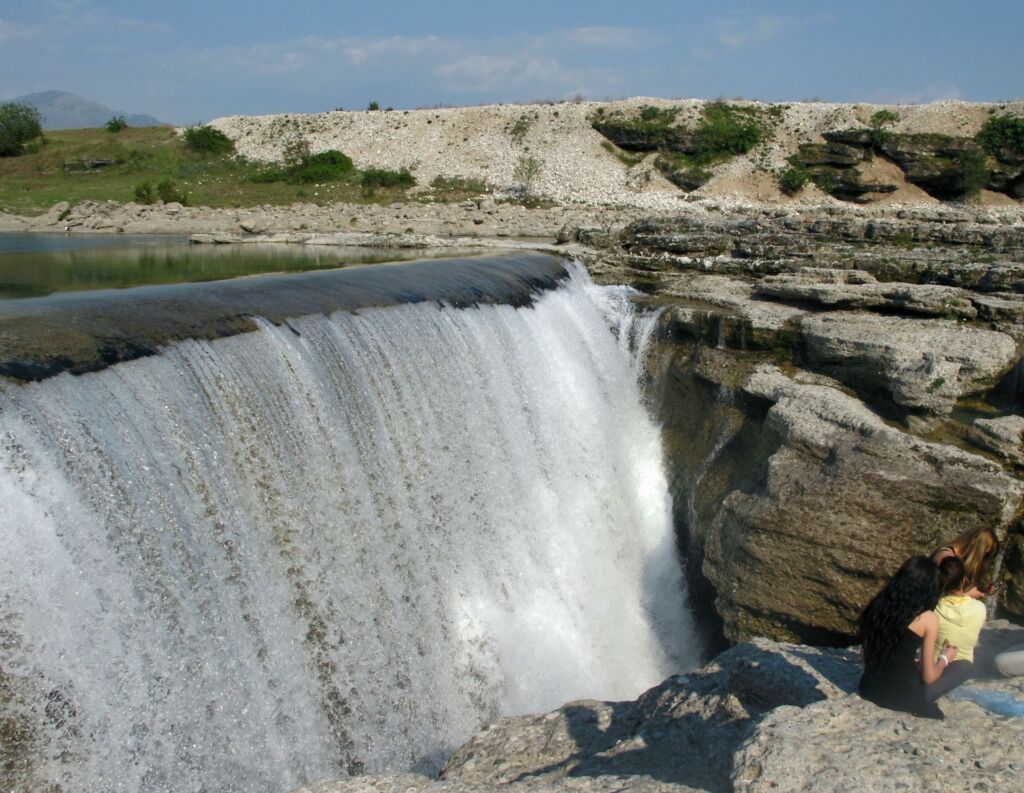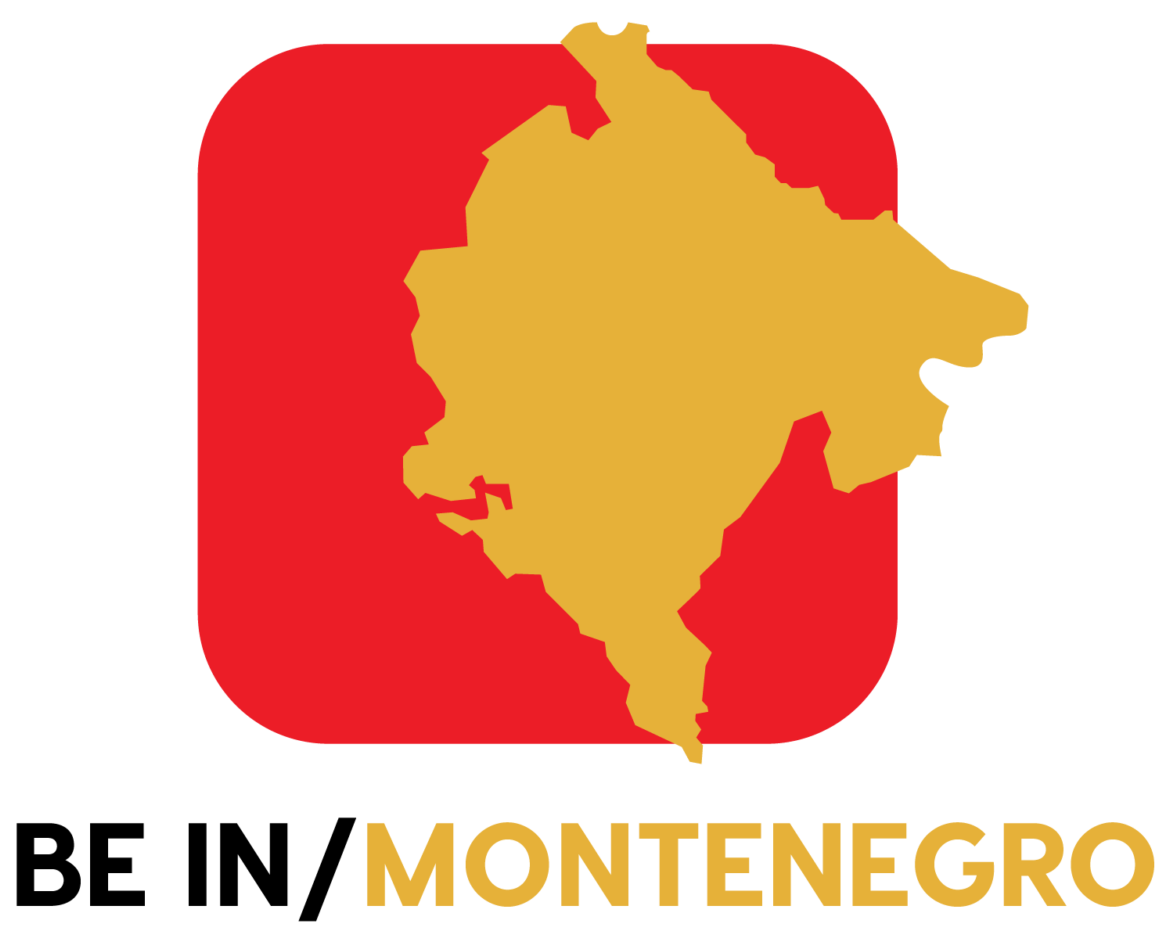Waterfalls

Montenegro’s waterfalls are scattered like hidden gems across a landscape where mountains, rivers, and forests converge in dramatic fashion. Fed by snowmelt from the high peaks and countless underground springs, these cascades range from thundering torrents in spring to delicate ribbons of water in summer. Their settings are as varied as their forms—some are tucked into remote canyons that require a scenic hike to reach, while others sit just minutes from bustling towns, offering a quick escape into nature.
What makes these waterfalls truly special is the way they merge raw natural beauty with the country’s diverse terrain. In the north, alpine landscapes cradle crystal-clear falls framed by wildflower meadows, while in the central and southern regions, rivers carve limestone gorges where waterfalls plunge into turquoise pools. Many are seasonal, appearing in full force after spring rains, making each visit a unique experience shaped by the rhythm of the seasons.
For travelers, Montenegro’s waterfalls are more than just sights—they’re invitations to slow down and immerse yourself in the country’s wild heart. Whether it’s the cool mist of Grlja in the Prokletije Mountains, the shimmering tiers of Cijevna near Podgorica, or the hidden streams of the Tara Canyon, each waterfall offers a moment of stillness and wonder, framed by some of the most breathtaking scenery in the Balkans.
Just outside Podgorica, the Cijevna River spills in graceful white ribbons over honey-colored limestone, its turquoise pools shimmering in the sunlight. In spring, snowmelt from the surrounding mountains transforms it into a powerful, roaring curtain of water, drawing locals and travelers alike to its dramatic display. In the dry summer months, the flow softens, revealing smooth rock terraces where visitors can sit and enjoy the peaceful sound of the river. A small restaurant nearby offers views right over the falls, making it a perfect spot to combine natural beauty with a relaxed meal.
Hidden deep in the Prokletije Mountains near the village of Vusanje, Grlja plunges 12 meters into a narrow canyon with an echoing roar, sending cool mist through the gorge. The sheer rock walls, carpeted in moss and shaded by overhanging trees, make it feel like a secret sanctuary untouched by time. In spring and early summer, meltwater from mountain springs swells the falls, and visitors can follow nearby trails to other natural wonders like the Eye of the Locust spring. A small riverside café just steps away from the cascade offers a unique chance to enjoy a drink while watching the water disappear into the canyon’s depths.
Tucked within Durmitor National Park, these waterfalls are treasures for hikers exploring the park’s alpine landscapes. Skakavica plunges from high cliffs, while Skakala spills over rocky steps into crystal-clear pools, each framed by meadows that burst into color with wildflowers in late spring. The surrounding trails lead through fragrant pine forests and open pastures with panoramic mountain views. This area is ideal for those who want to combine a scenic hike with the soothing sound of falling water and perhaps even a refreshing dip in the natural pools on warmer days.
Lining the walls of Europe’s deepest canyon, the Tara River’s seasonal waterfalls are less about height and more about their setting. After heavy spring rains or snowmelt, countless slender streams appear, tumbling down sheer limestone cliffs into the emerald-green waters far below. The contrast of silver cascades against the canyon’s rugged rock and thick forests creates a breathtaking sight for rafters, kayakers, and hikers. Many rafting tours from Žabljak or Plužine pass directly beneath these falls, offering a rare chance to experience them from the water’s surface.
Just a short distance from the historic Morača Monastery, Svetigora is a tranquil cascade that flows gracefully down forested slopes into the Morača River. Its beauty lies not only in the waterfall itself but also in the setting—surrounded by centuries-old stone architecture, dense greenery, and the gentle hum of nature. The site is accessible via a short path from the monastery, making it an easy and rewarding stop for those traveling between Podgorica and Kolašin. In autumn, the surrounding hills turn golden and crimson, framing the falls in a rich seasonal palette.
Interested in seeing more beautiful gems in other Balkan countries, click here: www.beinbalkan.com
